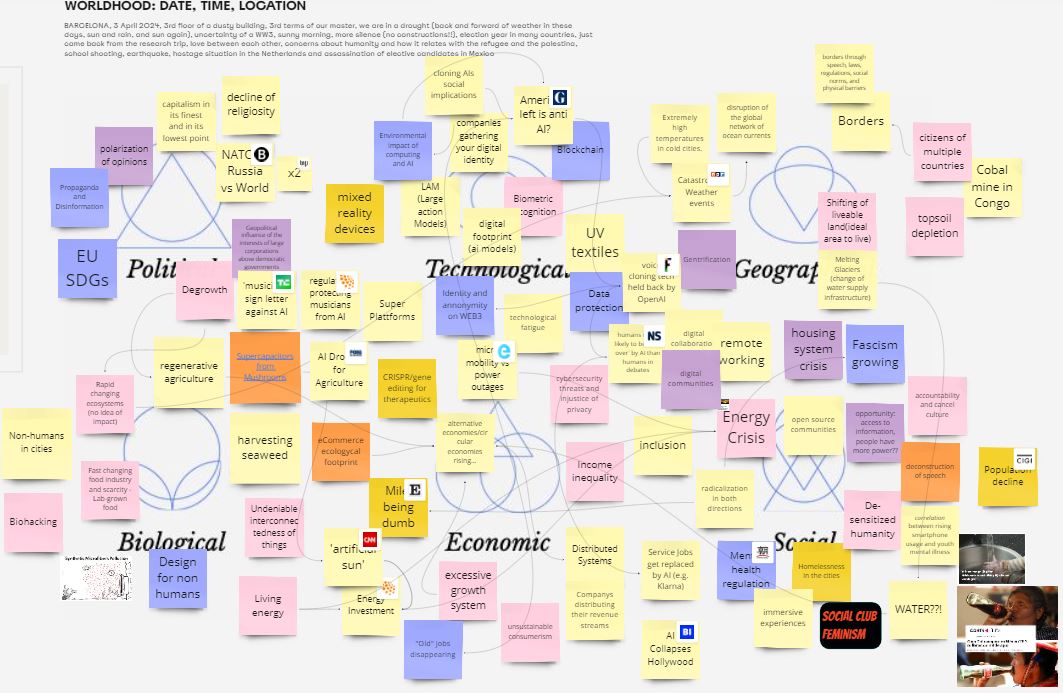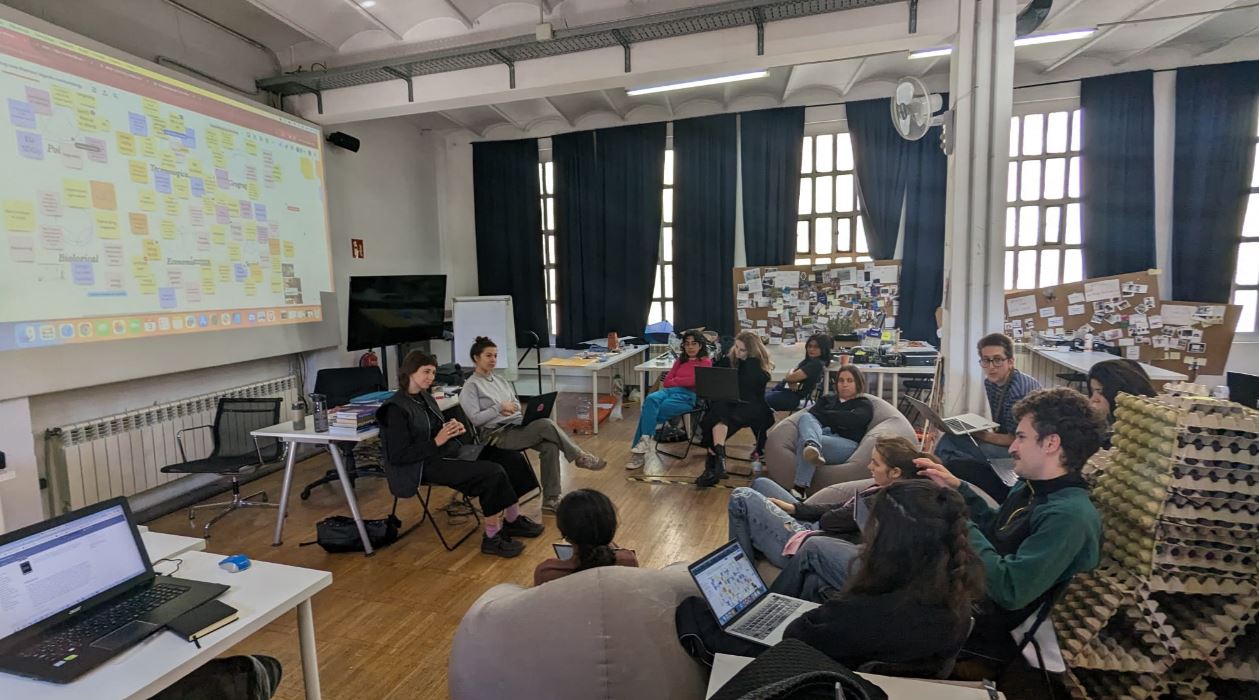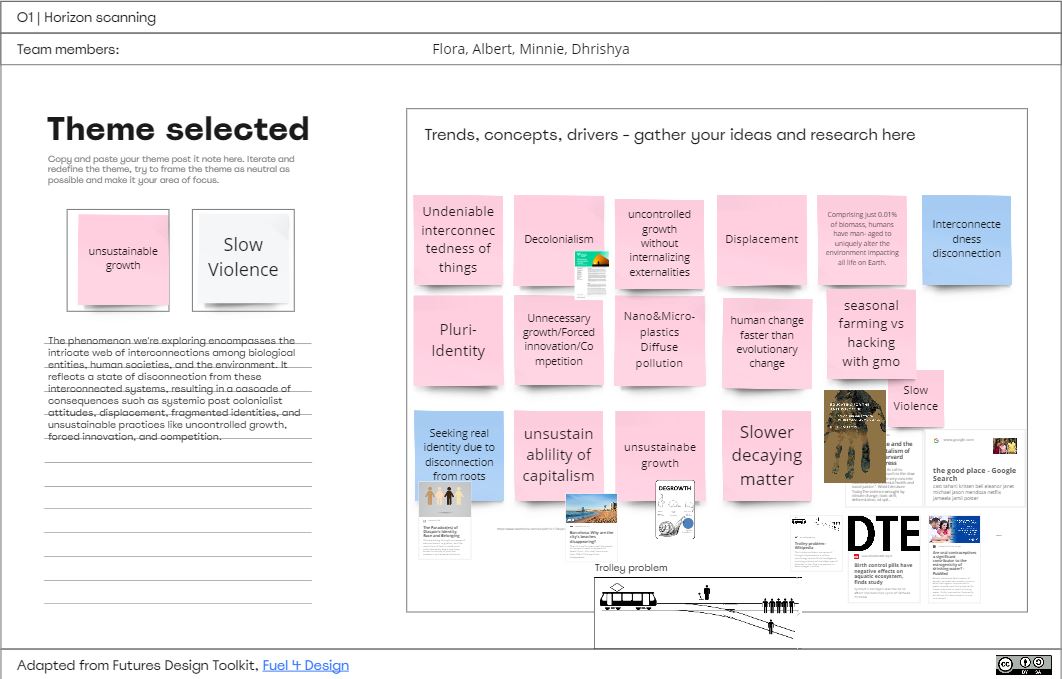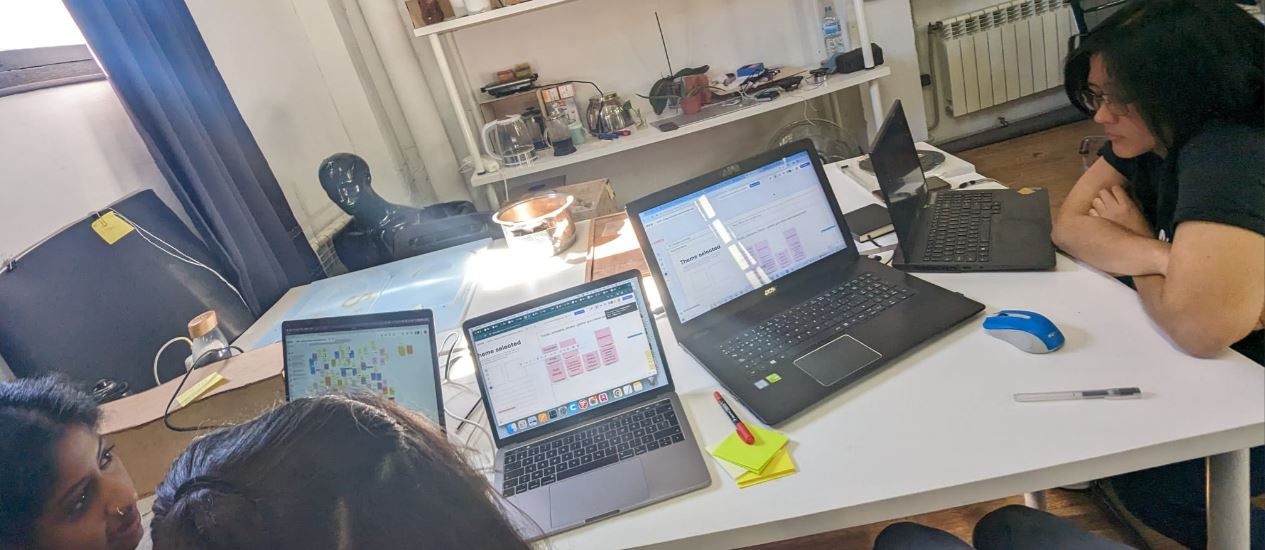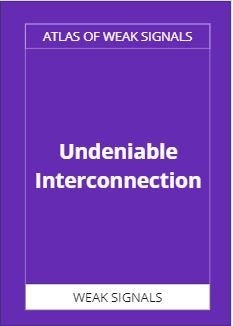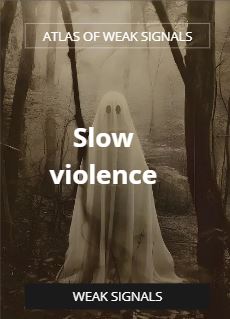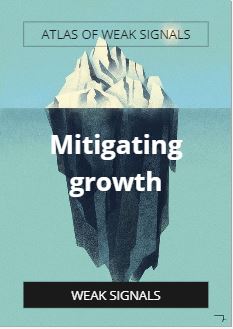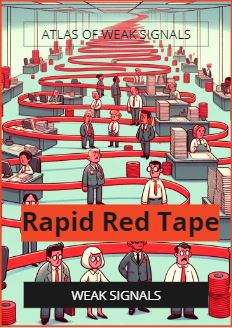Design studio: Atlas of weak signals 2¶
In this workshop we have worked with a multi-stage framework to define, as a group, new sets of signals and elements for the Atlas of Weak Signals (AOWS) toolkit originally designed by Mariana Quintero.
Team members: Flora Rose Elise Berkowitz, Emmanuel Pangilinan Dhrishya Ramadass and Albert Vila
References
The Brainstorm¶
BARCELONA, 3 April 2024, 3rd floor of a dusty building, 3rd terms of our master, we are in a drought (back and forward of weather in these days, sun and rain, and sun again), uncertainty of a WW3, sunny morning, more silence (no constructions!!), election year in many countries, just came back from the research trip, love between each other, concerns about humanity aid and how it relates with the refugee, school shooting, earthquake, hostage situation in the Netherlands and assassination of elective candidates in Mexico
Horizon scanning the theme selected¶
The phenomenon we’re exploring encompasses the intricate web of interconnections among biological entities, human societies, and the environment. It reflects a state of disconnection from these interconnected systems, resulting in a cascade of consequences such as systemic post colonialist attitudes, displacement, fragmented identities, and unsustainable practices like uncontrolled growth, forced innovation, and competition.
Framing signals¶
Prototypes of our theme and connected weak signals¶
Theme: Undeniable Interconnection¶
Alternative “mock” title: The unbeareble connection of everything
Sharing¶
Reflections¶
I think it has been a great collective exercise. We have put collective intelligence to work to overcome personal visions and we have managed, in record time, to generate some very interesting proposals to update the AOWS. It is very gratifying to see how the result of intelligence and collective work is, in most cases, much better than the sum of the parts.
On a more personal level, comment that I need more time to think, mature and digest all these elements. In fact, I think that the acceleration or the loss of slowness in many modern processes in the broad sense may be one of the cards to add to the new deck. People are looking more and more for those spaces for slowness and reconnection with oneself and with natural rhythms. I think that the creation of those spaces/times for transition is essential.
I must admit that although too fast for my cognitive metabolism, I am happy to have taken the workshop as it has allowed me to sharpen my senses and broaden my vision towards new weak signals.
